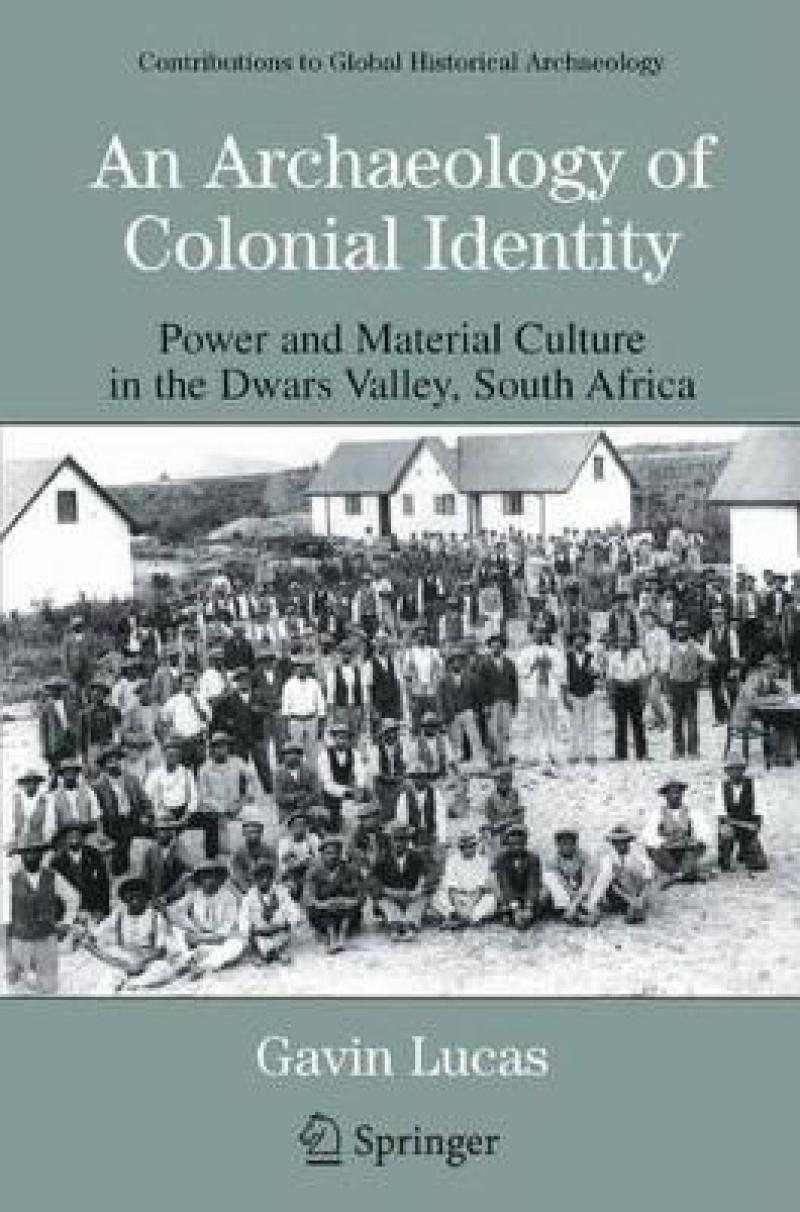This book is the based on the work of many people, and while I discuss many of them in the general context of this book in Chapter 1,1 would like to emphasize here the contribution of all those people involved. My apologies in advance to any I have omitted to mention. The backbone of the book is based on a project, 'Farm Lives' conducted between 1999 and 2002, funded exclusively by the McDonald Institute for Archaeolog- ical Research at the University of Cambridge; without their essential financial support, this would not have been possible. The project involved three components: archaeological fieldwork, archive research and oral history interviews. For the fieldwork, spe- cial thanks goes to Marcus Abbott, Jenny Bredenberg, Glenda Cox, Olivia Cyster, Andy Hall, Odile Peterson, and Sarah Winter; for po- excavation analysis of materials, I thank Duncan Miller (University of Cape Town), Peter Nilsson (South African Museum) and Jane Klose (University of Cape Town). For the archive research, I would like to thank J. Malherbe (Huguenot Museum) and Harriet Clift (South African Heritage Resources Agency), but most of all, Jaline de Villiers (Paarl Museum).
For the oral history, my thanks go to Sarah Winter, Rowena Peterson and Jaline de Villiers for conducting interviews, and to the informants, Johanna Dressier, Louisa Adams, Geoffrey Leslie Hendricks, William Davids, Absolom David Lackay, John Cyster November and Lillian Aubrey Idas.
Les mer
Examines how colonial identities were constructed in the Cape Colony of South Africa since its establishment in the 17th century up to the 20th century. This work takes an archaeological approach, which also draws on documentary material to examine how different people in the colony constructed identities through material culture.
Les mer
Working Contexts.- Introduction: Global Networks.- From Cambridge to Capetown: The Politics and Production of Knowledge.- Narrative Genres: The Textual and Visual Archive.- The Archaeology of Dutch Capitalism and the Colonial Trade.- The New Republic and the Dutch east India Company.- The Cape Colony, 1652-1975 - Goede Verwachting: The Silver Mine on the Simonsbert.- Landscapes of Labour.- The Role of Silver in the Indian Ocean Trade.- Status and Settlement in the Cape Colony.- The Settlement of the Southwestern Cape, 1657-1795.- De Goede Hoop: Anatomy of a Settler Farm, 1688-1897.- Consumption, Material Culture and Social Differentiation at the Cape in the 18th and 19th Centuries - Farm Lives.- Slavery at the Cape, 1652-1834.- From Madagascar to the Dwars Valley: The World of Slaves.- Landscapes of Slavery.- Emancipation and the Pniel Mission Station.- Architecture and the Articulation of Post-Emancipation Identities.- From Emancipation to Apartheid: Pniel and the Dwars Valley in the 20th Century.- ERF 776: The Anatomy of a House Lot.- Apartheid and Identity.- Forging Identities.- Race, Class and Gender.- Questions of Identity and Culture.- The Nature of Colonial Space and the Development of Capitalism in the Indian Ocean.- Colonial Identity and Material Culture in the Metropole.- References - Index.
Les mer
Lucas's linkage of finds, buildings and wider landscapes into a theoretical framework shows historical archaeology at its best.
Paul Courtney, Post Medieval Archaeology
Focuses on South Africa, but has significance that extends much wider than its immediate subject – which has relevance to all historical and archaeological research in the field of European colonialism and capitalism Includes supplementary material: sn.pub/extras
Les mer
Produktdetaljer
ISBN
9780306485381
Publisert
2006-01-27
Utgiver
Vendor
Kluwer Academic/Plenum Publishers
Høyde
235 mm
Bredde
155 mm
Aldersnivå
Research, P, 06
Språk
Product language
Engelsk
Format
Product format
Heftet
Forfatter
